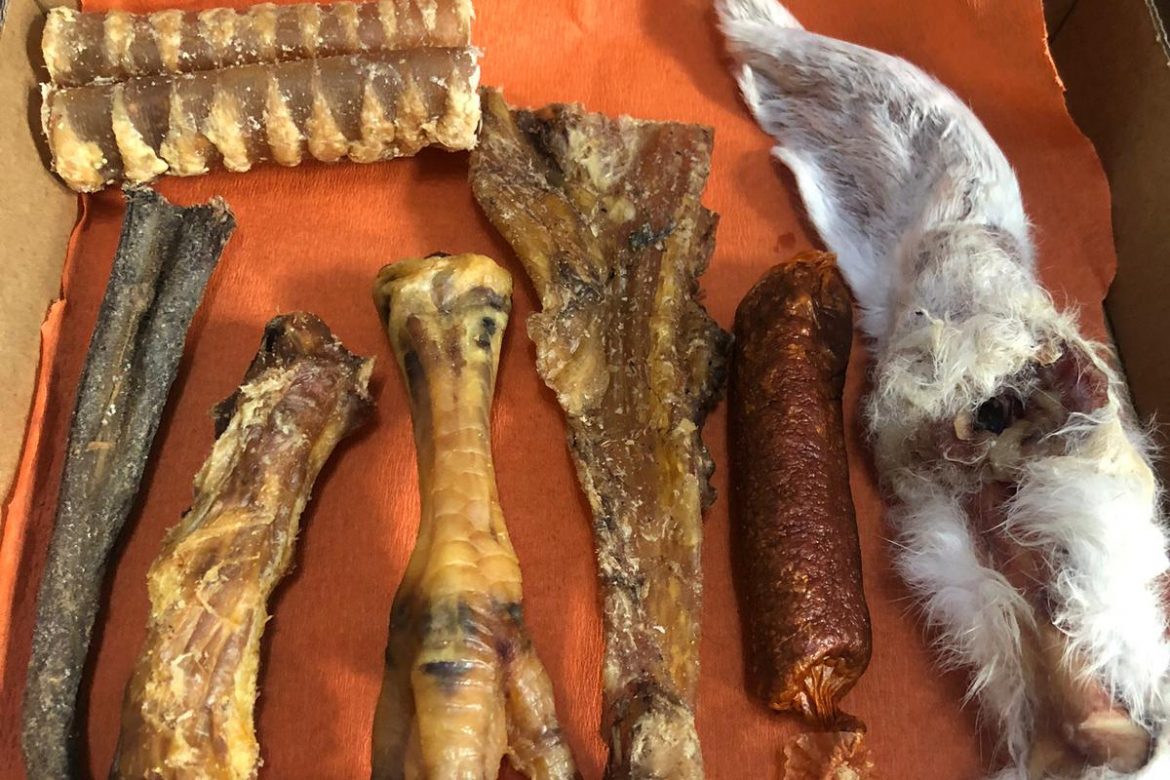Here at Hounds of Hackney HQ, we are all about optimum pet health. We are always thinking about what we can do to help you and your dog feel great! Today, we are delving into the world of Natural & Hypoallergenic dog treats and their benefits.
Natural dog treats are becoming increasingly popular among pet owners who understand the importance of rewards that are both healthy and tasty.
Now, we all know that when we eat a healthier and more natural diet, in most cases, we feel much better. Albeit, it may just be on the inside!
Knowing what is best for your dog’s diet can be really tricky and can come down to a lot of different factors.
Your routine could come from your childhood and the environment you grew up in. It could come from a friend’s routine – if you don’t have a lot of previous experience or it could come from independent research.
Obviously, none of the above are wrong. However, it’s important to understand that dogs are subjected to the same ailments as us and their bodies are ever changing, just like ours. So, keep a keen eye for any digestive disturbances.
Over exposure to the same ingredient can cause the immune digestive system to react in negative ways.
Hypoallergenic treats are a great way to ensure your pooch gets as much nutritional value as possible and are a great way to help your dog get its’ digestive tract on the right path.
Ingredients like beef, dairy, corn and wheat (to name a few) are used in the majority of standard dog food and treats. Due to this fact, many dogs can no longer process them because of the over exposure. To make matters worse, once a dog develops an allergy, they may develop others too.
Common symptoms and reactions that dogs suffer from when fed ingredients that don’t agree with them involve; Digestive issues, Itchiness, Skin irritations and Ear infections.
For dogs who have developed allergies, hypoallergenic dog food and hypoallergenic treats are an absolute MUST!
The immediate benefits of natural & hypoallergenic treats are;
-
- Wholesome Nutrition
Natural dog treats are usually rich in ingredients derived from natural sources and free from artificial additives, chemicals and preservatives. A combination of good quality meats, vegetables and gentle grains for a treat that your dog can enjoy with no adverse after-effects. - Hormone-free
Low quality artificial treats are often manufactured from animals that have been pumped full of hormones and antibiotics. When pets eat these treats they build up an immunity to antibiotics, while ingesting the hormones in animal products can result in hyperactivity and has been linked to various health issues. Natural dog treats, however, are often made from the meat of free range animals that have not been subjected to hormone treatment and antibiotics. - No Unnatural Additives
- Gentle Digestion
Natural dog treats are easy to digest and gentle on the stomach. Switching from low quality to natural dog treats can reduce inflammation and lessen the severity of allergic reactions. And, the high quality ingredients mean less waste! - Better Dental Health
- Weight Management
Switching to high quality natural snacks that are sources of protein but contain little fat can be a useful way of helping your dog lose weight without taking away their favourite snacks. - Improved Immunity
Natural Dog treats can help boost your pet’s immune system: Protein is essential in supporting immunity and natural dog treats are great sources of high quality protein.
- Wholesome Nutrition
Hypoallergenic & Natural dog treats were once upon a time, rare and expensive. However, these specialized treats are now an accessible option for pets with food allergies and intolerances.
The treat options are endless and be sure that your dog will absolutely be running back for more!



